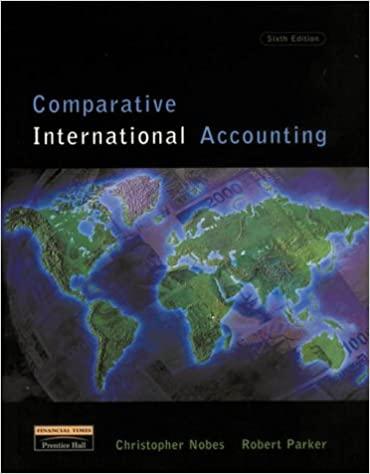A manufacturer is designing a product layout for a new product production. It plans to use a production line for 8 hours per day in order to meet forecasted demand of 100 units per day. The product requires 7 tasks in total. These tasks are namely, A, B, C, D, E, F, and G respectively. Task A does not have any predecessor to start. To start Task B, it requires Task A to be completed. Starting tasks Creeds, the task B to be completed. Also, starting task D needed task B to be completed. Task E can only start upon completion of Pask. Whereas starting task F needs the completion of both the tasks and E. Finally, starting task G needed, task to be completed. The processing times for tasks, A, B, C, D, E, F and Gare 2.8, 2.1, 0.9, 1.0, 1.2, 1.8, are 4.7 minutes respectively. How many minimum numbers of workstations are needed? Select one b. None is the correct answer C. d. A manufacturer is designing a product layout for a new product production, it plans to use a production line for 8 hours per day in order to moet forecasted demand of 100 units per day. The product requires 7 tasks in total. These tasks are rarely, A, B, C, D, E, F and respectively. Task A does not have any predecessor to start. To start Task B, it requires Task A to be completed. Starting tasks Creed task B to be completed. Also, starting task Dneeded task B to be completed. Task E can only start upon completion of Task whers starting task F needs the completion of both the tasks and E. Finally, starting task Gneeded, task F to be completed. The proces times for tasks, A, B, C, D, E, F, and G are 2.8, 2.1, 0.9, 1.0, 12, 13, are 4.7 minutes respectively. Applying the most flowing to balancing the assembly line, with ties broken according to longest task time first, the tasks that will be assigned to the BRST in Select one: a. A, B, and b. None is the correct answer C. A only d AB ations Management || fall20 of A manufacturer is designing a product layout for a new product production. It plans to use a production line for 8 hours per day in order to meet forecasted demand of 100 units per day. The product requires 7 tasks in total. These tasks are namely, A, B, C, D, E, F, and G respectively. Task A does not have any predecessor to start. To start Task B, it requires Task A to be completed. Starting tasks needs, the task B to be completed. Also, starting task D needed task B to be completed. Task E can only start upan completion of Task C. Whereas starting task F needs the completion of both the tasks D and E. Finally, starting task G needed, task F to be completed. The processing times for tasks, A, B, C, D, E, F, and G are 28, 2.1,0.9, 1.0, 1.2, 1.8, are 4.7 minutes respectively. How many minimum numbers of workstations are needed? Select one a. 4 b. None is the correct answer 08 d. 6 e. 2 A manufacturer is designing a product layout for a new product production. It plans to use a production line for 8 hours per day in order to meet forecasted demand of 100 units per day. The product requires 7 tasks in total. These tasks are namely, A, B, C, D, E, F and G respectively. Task A does not have any predecessor to start. To start Task B, it requires Task A to be completed. Starting tasks needs, the task B to be completed. Also, starting task D needed task B to be completed. Task E can only start upon completion of Task C. Whereas starting task F needs the completion of both the tasks D and E. Finally, starting task G needed, task F to be completed. The processing times for tasks, A, B, C, D, E, F, and G are 2.8, 2.1,0.9, 1.0, 1.2, 1.8, are 4.7 minutes respectively. Applying the most following tasks rule for balancing the assembly line, with ties broken according to longest task time first, the tasks that will be assigned to the FIRST workstation are Select one: a. A, B, and C b. None is the correct answer C. A only d. A,B Next page








